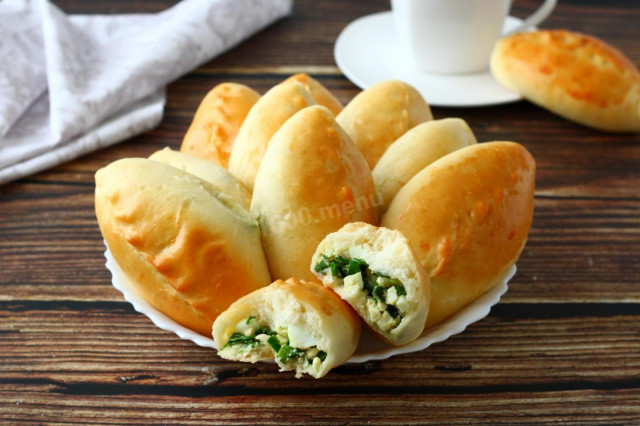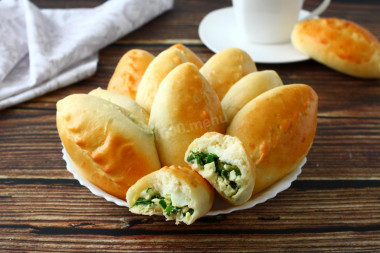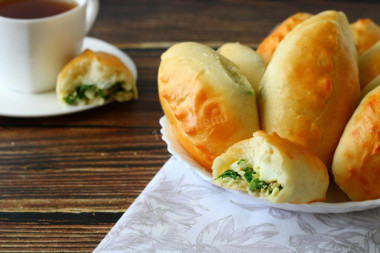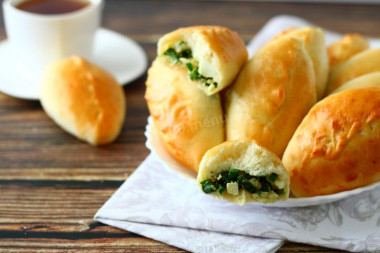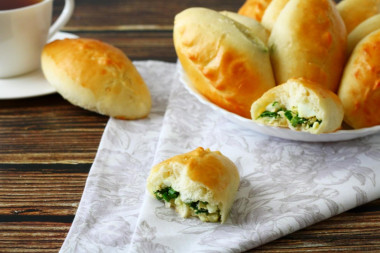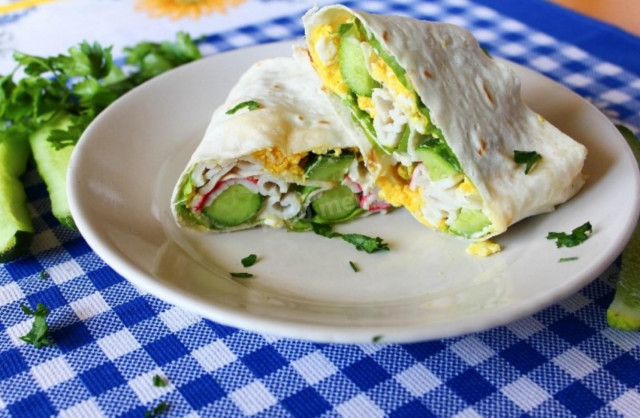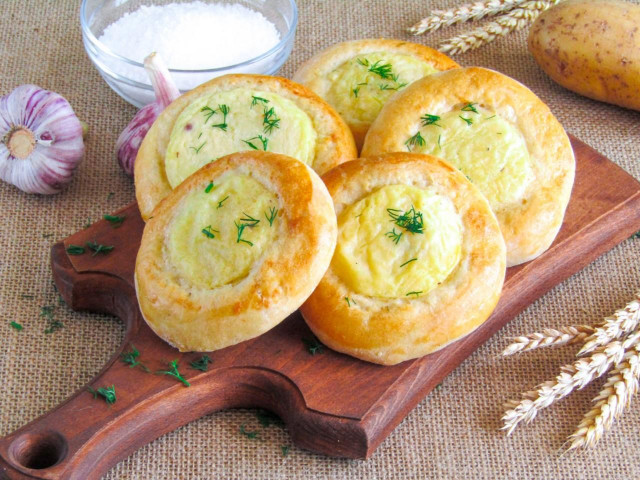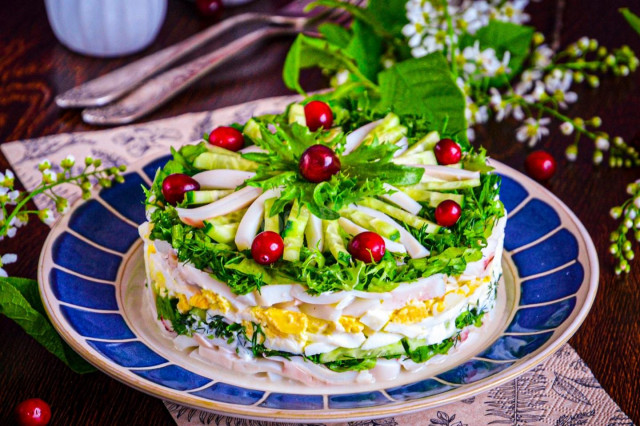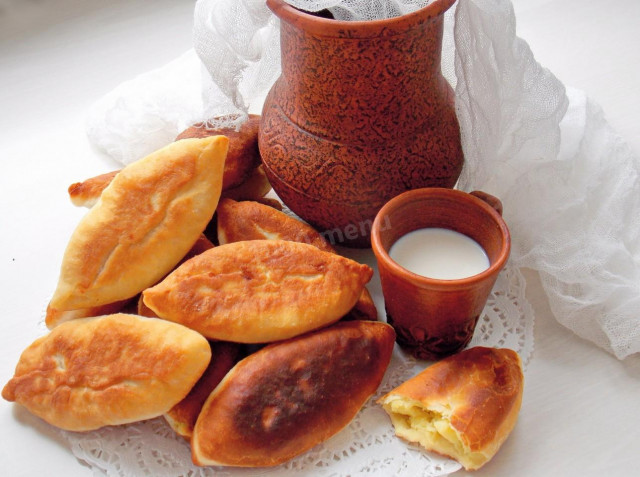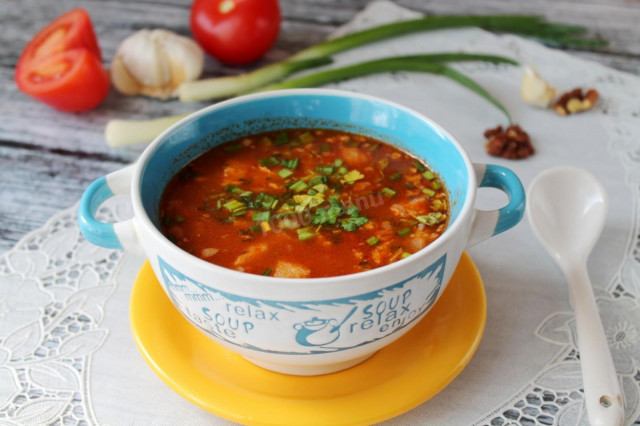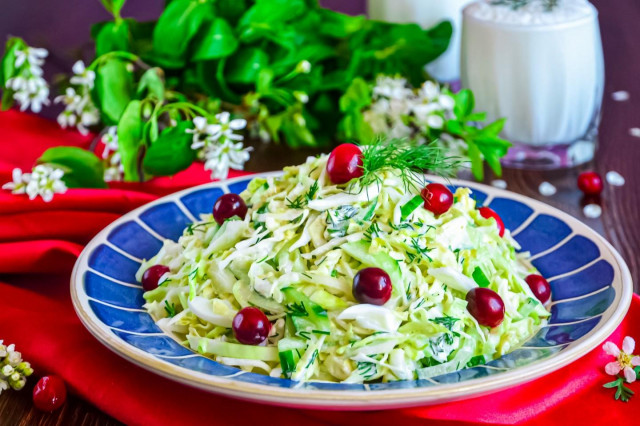Composition / ingredients
Step-by-step cooking
Step 1:
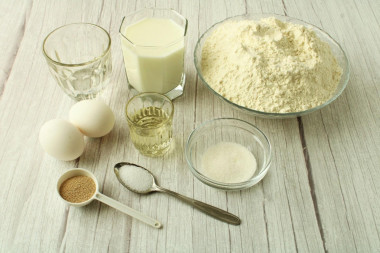
Measure out the necessary ingredients for making dough for yeast pies with green onion and egg in the oven. The products must be room temperature. Flour is better to take the highest grade, it is well suited for making yeast dough.
Step 2:
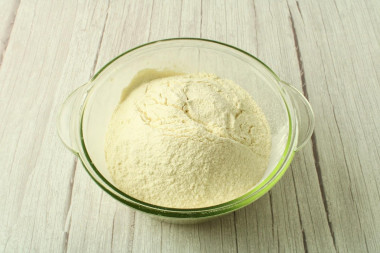
Sift the flour through a fine sieve. This will enrich the flour with oxygen. The dough will be easier to climb and it will be more airy and lush.Take a wide dish so that when sifting flour does not spill out on the table.
Step 3:
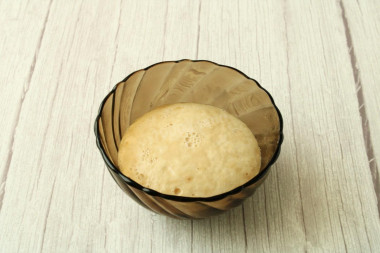
Pour yeast and 1 tsp sugar into a small bowl. Fill with water, mix. Leave the mixture for 10-15 minutes to activate the yeast. During this time, a foam cap is formed on the surface.
Step 4:
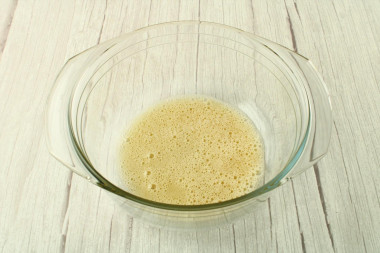
To prepare the dough, take a deep, stable dish. Why this one? It is more convenient to knead the dough in a stable bowl. And sufficient depth will give the test the opportunity to rise and "not run away" over the edges. In a bowl, whisk the egg with salt and the remaining sugar until smooth.
Step 5:

Heat the milk slightly, this will help the dough rise faster. Combine the milk with the beaten egg, mix.
Step 6:
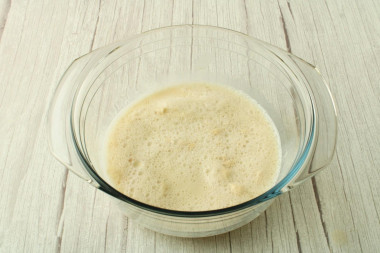
Add the yeast that has come up, mix.
Step 7:
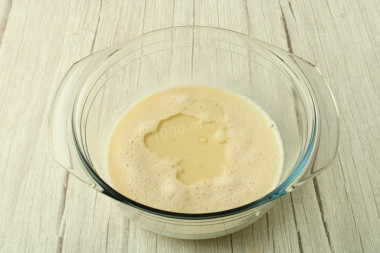
Pour in the vegetable oil to make the dough softer. Mix it up.
Step 8:
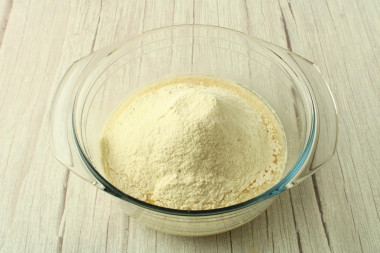
Add flour to the liquid mixture. You can do this through a sieve. Repeated sifting of flour for the dough will not be superfluous. Do not add all the flour at once, pour about 3/4 of the total amount of flour, mix with a spoon.
Step 9:
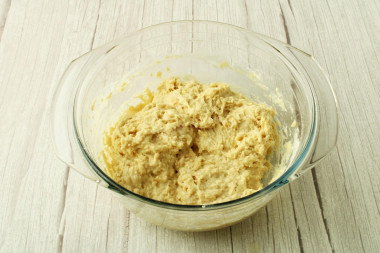
The dough will be very sticky and viscous.
Step 10:
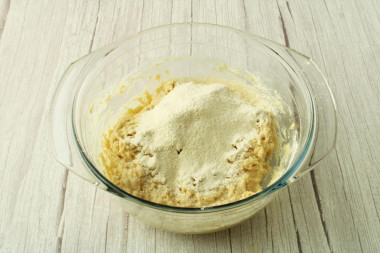
Then sift the flour in small portions, at the same time mixing the dough with your hands. Flour may need a little less or more.
Step 11:

The dough turns out soft, tender, slightly sticky to the hands. Do not add too much flour so that the dough is not heavy and steep. Cover the dough with a towel so that it does not curl. Leave in a warm place to rise for 1-1.5 hours. The rise time will depend on yeast activity and ambient temperature.
Step 12:
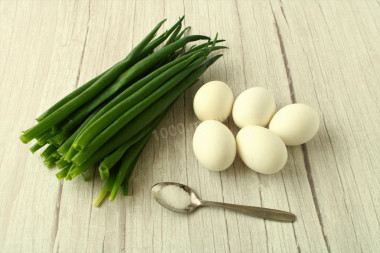
Meanwhile, prepare the filling.
Step 13:
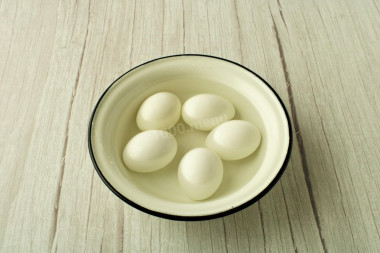
Fill the eggs with water, bring to a boil. Boil hard-boiled eggs for 7-8 minutes. Cool the eggs in cold water.
Step 14:
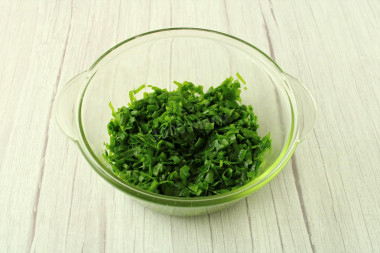
Rinse green onions under cold water, dry, chop finely. Remember the onion a little with a pusher so that it becomes more juicy.
Step 15:
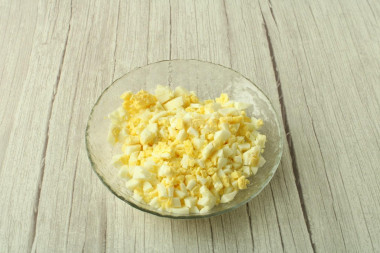
Peel the cooled eggs from the shell, cut into small cubes.
Step 16:
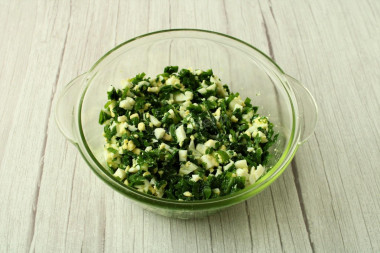
Combine green onions and eggs in a convenient container, add salt, mix.
Step 17:
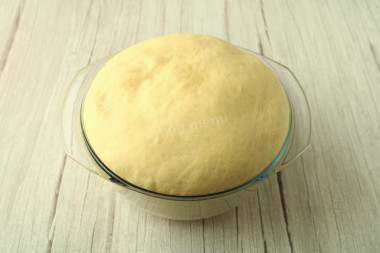
The dough came up well, increased in volume by almost 2.5 times. I took the largest bowl, but still there was not enough space for the dough, but it did not run away).
Step 18:
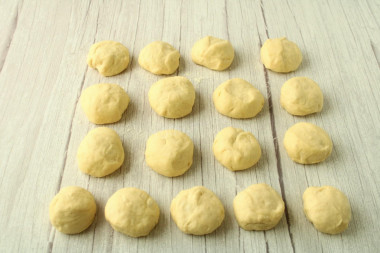
Gently knead the dough, put it on the table, sprinkled with flour. At the same time, you can also dust your hands with flour or lubricate with vegetable oil so that the dough does not stick to your hands. Divide the dough into equal parts depending on the desired size of the pies. Cover the dough pieces with a towel so that they do not dry out during the baking formation.
Step 19:

Roll out each piece of dough into a round tortilla.
Step 20:
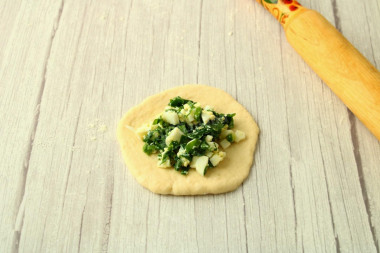
Put the filling in the middle of the tortilla.
Step 21:
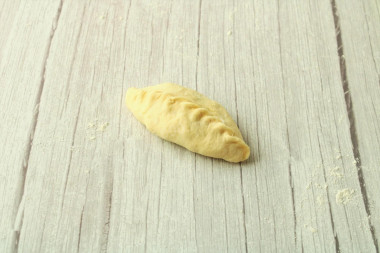
Form a pie of the desired shape, pinch the edges well. In this way, blind the rest of the pies.
Step 22:
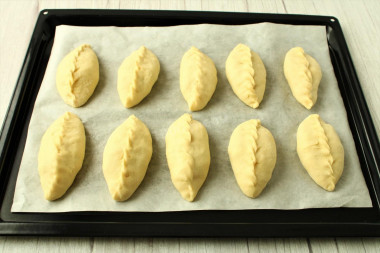
Place the formed pies on a sheet covered with oiled parchment. Do not forget to leave a distance between the pies, as they will rise during baking. Let the pies stand for 15 minutes.
Step 23:
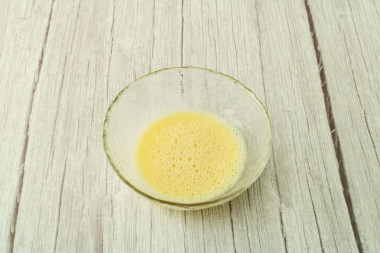
Beat the egg with a fork until smooth.
Step 24:
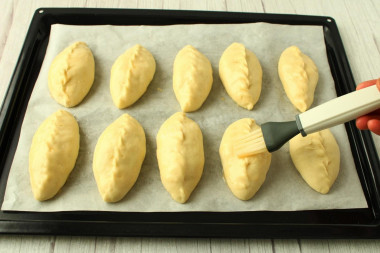
Grease the pies with beaten egg on top so that they get a beautiful blush after baking.
Step 25:
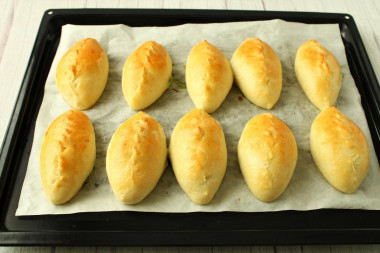
Bake the pies in a preheated 180C oven for 20-25 minutes until the top is ruddy. The baking time will depend on the specifics of the oven, so it may vary.
Step 26:
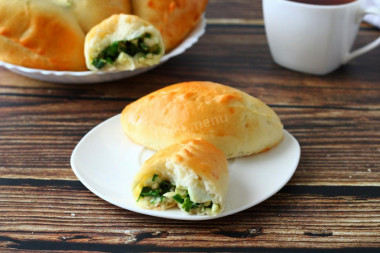
Serve the pies warm. Bon appetit!
--------------------
Be prepared for the fact that flour may require a little more or, conversely, less than indicated in the recipe. You need to focus on how the dough should turn out (dense, soft, liquid, etc.). There is a lot of useful information about why flour, even of the same variety, can have completely different properties,
read this article
.
Keep in mind that everyone's ovens are different. The temperature and cooking time may differ from those specified in the recipe. To make any baked dish turn out successfully, use useful information in the article about ovens here .
Caloric content of the products possible in the composition of the dish
- Whole cow's milk - 68 kcal/100g
- Milk 3.5% fat content - 64 kcal/100g
- Milk 3.2% fat content - 60 kcal/100g
- Milk 1.5% fat content - 47 kcal/100g
- Concentrated milk 7.5% fat content - 140 kcal/100g
- Milk 2.5% fat content - 54 kcal/100g
- Chicken egg - 157 kcal/100g
- Egg white - 45 kcal/100g
- Egg powder - 542 kcal/100g
- Egg yolk - 352 kcal/100g
- Ostrich egg - 118 kcal/100g
- Granulated sugar - 398 kcal/100g
- Sugar - 398 kcal/100g
- Vegetable oil - 873 kcal/100g
- Green onion - 19 kcal/100g
- Salt - 0 kcal/100g
- Water - 0 kcal/100g
- Wheat flour - 325 kcal/100g
- Dry yeast - 410 kcal/100g

